Featured Posts
THE ANATOMY OF A MODEL UNIT: DESIGNING FOR DEVELOPERS WITHOUT LOSING PERSONALITY

The Anatomy of a Model Unit: Designing for Developers Without Losing Personality
Walk into a modern model unit, and it doesn’t just feel like an apartment it feels like a lifestyle. But behind this polished, aspirational space is a careful dance between marketing strategy, interior design, and psychology.
All Posts
The Anatomy of a Model Unit: Designing for Developers Without Losing Personality

The Anatomy of a Model Unit: Designing for Developers Without Losing Personality
Walk into a modern model unit, and it doesn’t just feel like an apartment it feels like a lifestyle. But behind this polished, aspirational space is a careful dance between marketing strategy, interior design, and psychology.
How to Choose the Right Sofa for Your Living Room
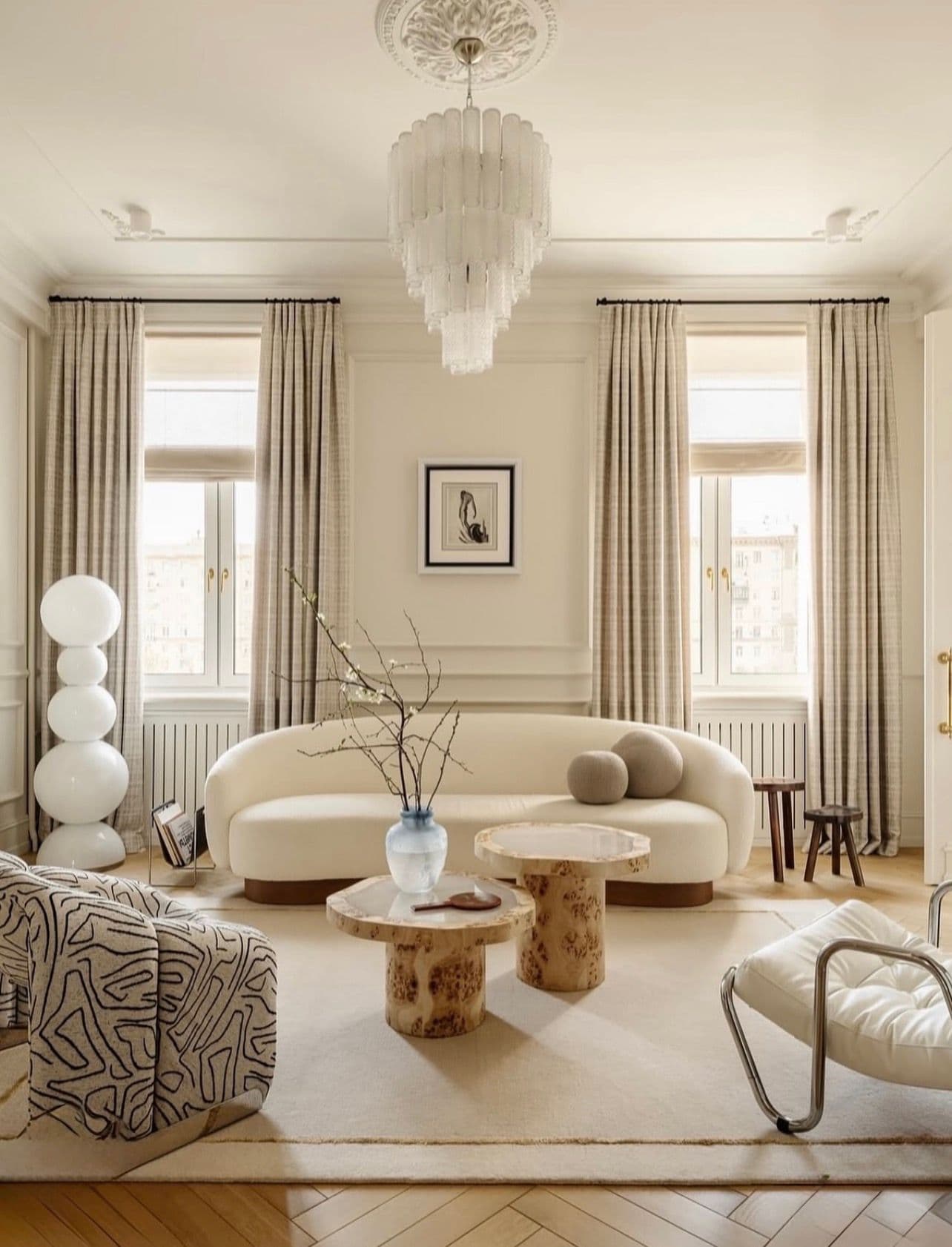
Your living room sofa is much more than a place to sit it’s the anchor of your space, the subtle statement piece that operates both in comfort and style. Whether you’re entertaining guests, unwinding after a high-pace day, or simply creating a refined backdrop for everyday life, the right sofa can elevate the room from good to exceptional. Below, we explore with clarity and depth the key decisions you’ll face size, form, fabric, and finish and how to make them work in a concrete, natural way.
First, begin with how the space is used. If your living room is primarily a quiet lounge where you’ll stretch out, relax and perhaps read, you will lean toward a sofa that invites you in deep seats, soft back cushions, and relaxed arms. On the other hand, if the room is oriented around hosting or formal conversation, then a more structured frame, firmer cushions and crisp lines may be more appropriate. As one interior-style guide notes: “What you’re using the sofa for is really important… formal can be less comfortable, more upright; TV-watching sofas need to be cushier.” TLC Interiors+1
Why Comfort Is the New Status Symbol in Luxury Design

There was a time when luxury meant statement pieces, glossy marble, and sculptural lighting designed to impress. But in 2025, the language of luxury has changed. The world’s most refined interiors no longer shout “excess”they whisper ease. Comfort has become the new definition of status.
At St. Claire et La Pierre Design, we see this transformation every day. Our clients aren’t seeking spaces that simply look beautiful they want rooms that make them feel something: calm, grounded, inspired. In a world defined by noise, true elegance lies in silence, softness, and soul.
Quiet Luxury: The Rise of Understated Sophistication in Interiors
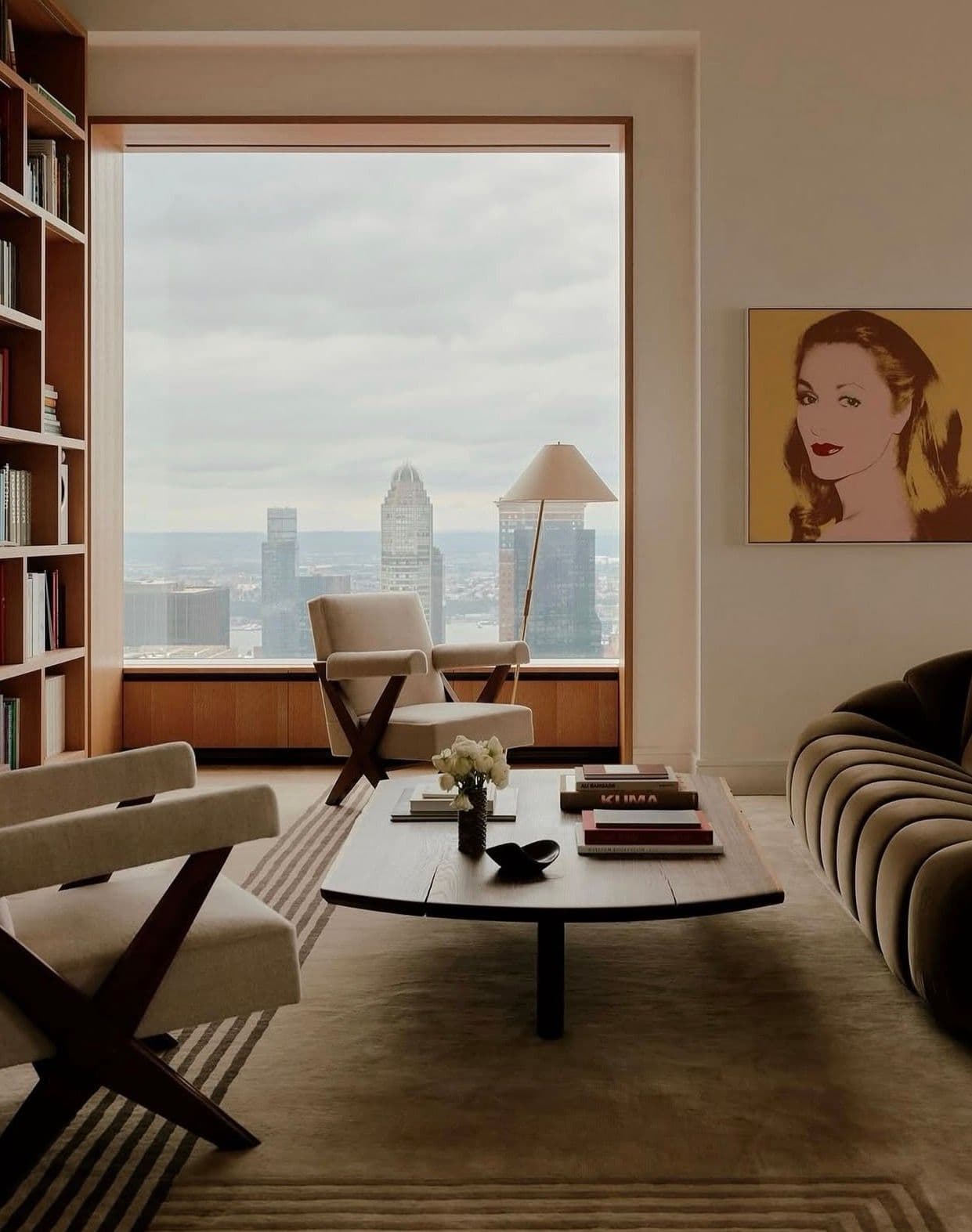
In a world saturated with bold statements and visual excess, a quieter, more refined aesthetic has emerged as the new language of modern luxury. Quiet Luxury once the vocabulary of fashion has gracefully found its place in interior design. It’s not about opulence that shouts, but about craftsmanship that whispers: thoughtful materials, timeless textures, and a sense of calm sophistication that endures beyond trends.
What Is Quiet Luxury?
The Art of Material Dialogues: A Modern Living Space Rooted in Nature
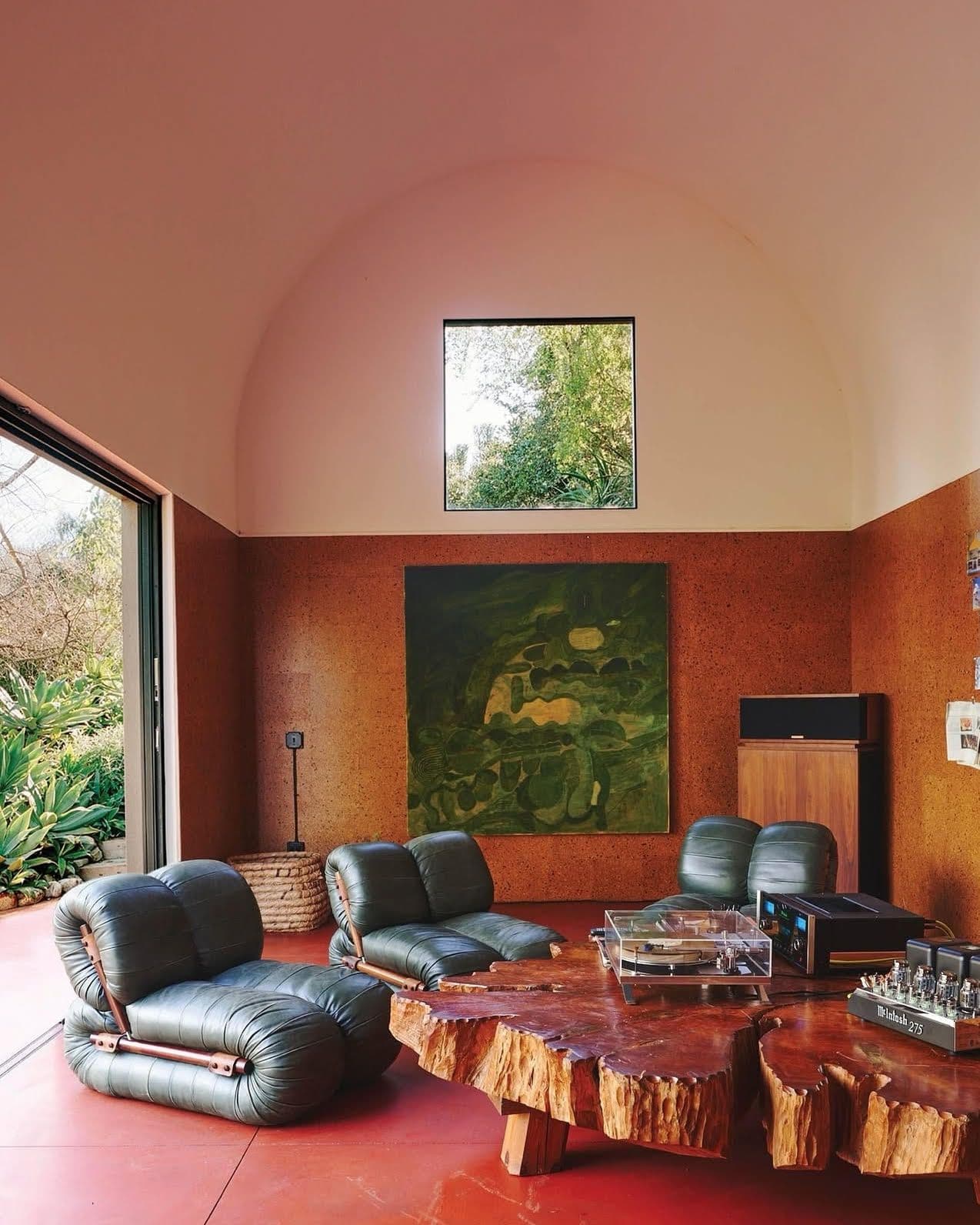
The Art of Material Dialogues: A Modern Living Space Rooted in Nature
In contemporary interiors, the most striking spaces are often those that master the delicate balance between raw nature and refined design. This room exemplifies exactly that a sanctuary where textures, materials, and shapes converse effortlessly.
Dining as Theatre: When Design Shapes Experience
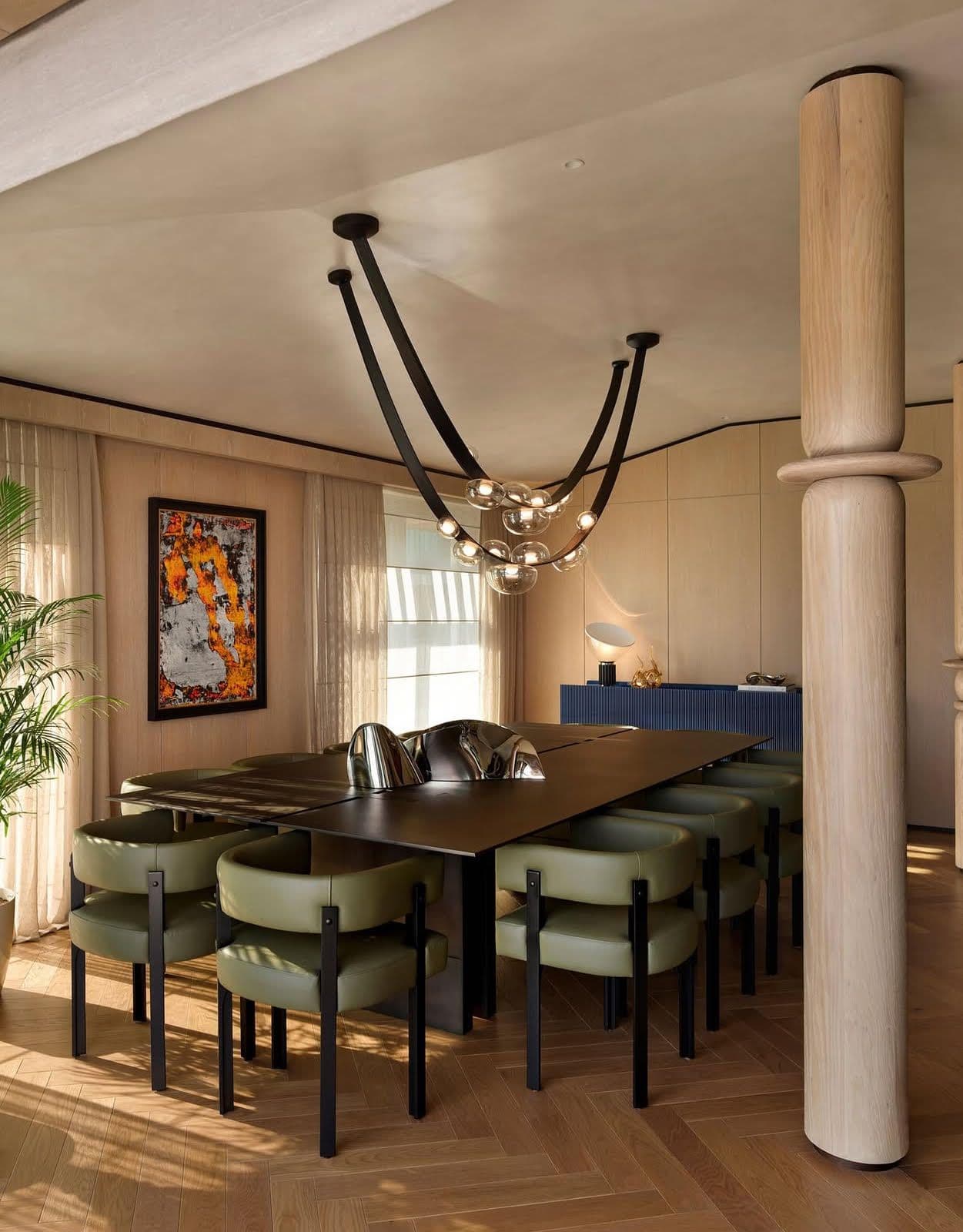
Dining as Theatre: When Design Shapes Experience
This dining room is not simply a place to gather; it is a stage where architecture, art, and design converge to create atmosphere. Every element from the sculptural chandelier to the tactile wood column works in harmony, transforming the act of dining into an immersive experience.
Curated Objects: Turning Décor into Art
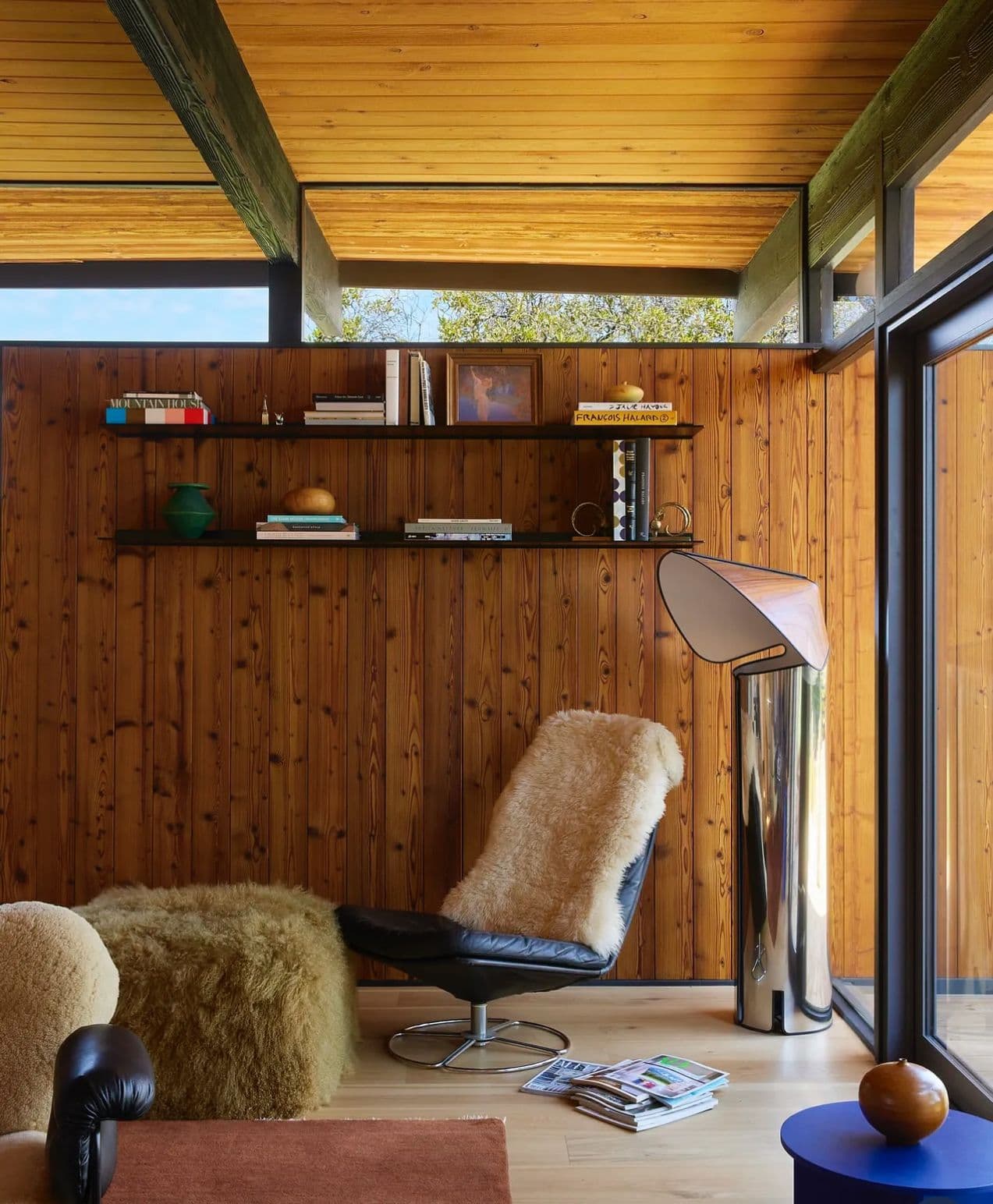
Curated Objects: Turning Décor into Art
In today’s design landscape, the line between decoration and art is increasingly blurred. Homes are no longer merely styled; they are curated. Every object, from a sculptural lamp to a hand-thrown ceramic vessel, has the potential to transcend functionality and take on the role of art. The contemporary interior, therefore, becomes a gallery of lived-in masterpieces where décor is not just embellishment, but narrative.
Art and Architecture Synergy
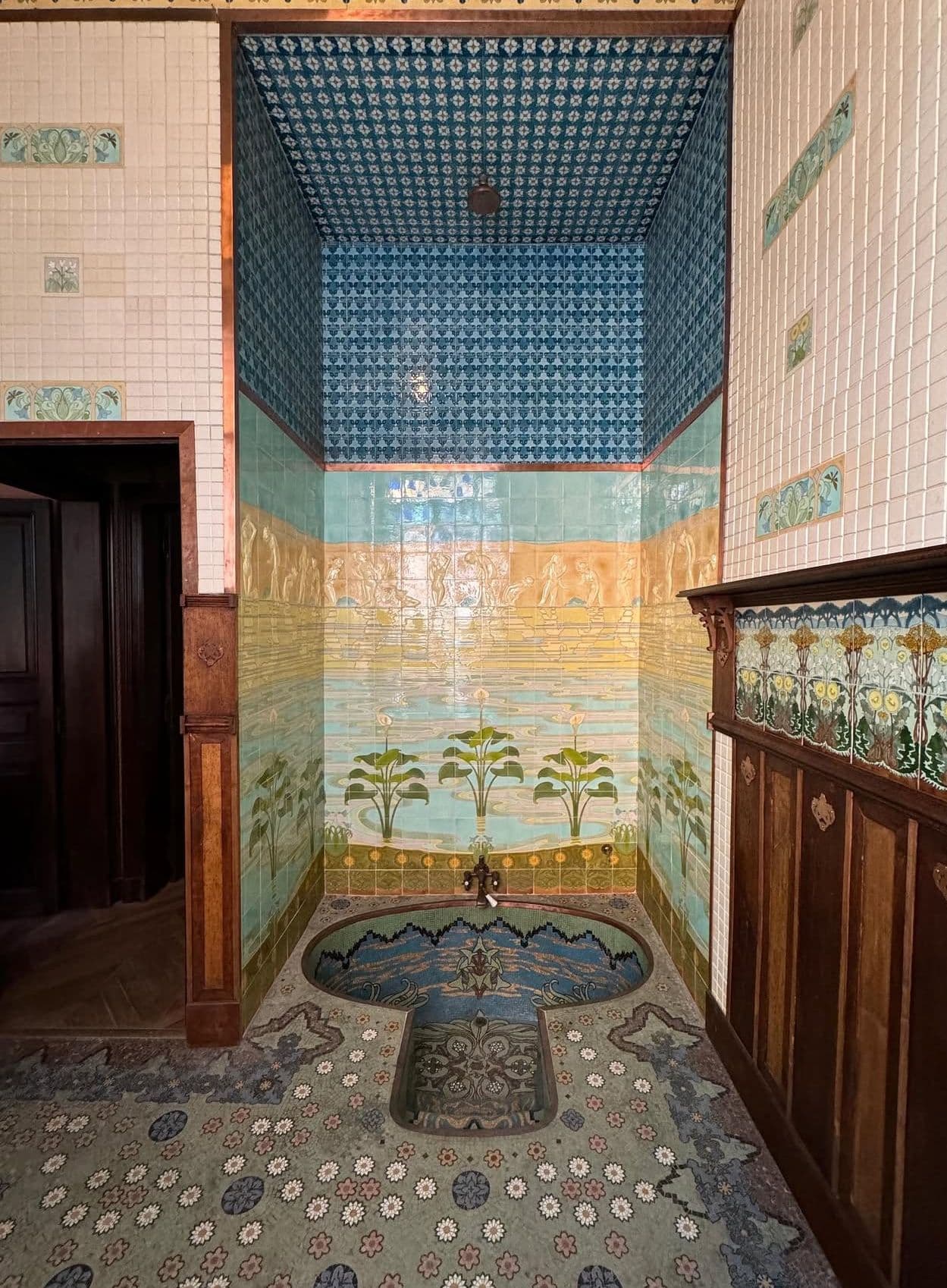
Throughout history, art and architecture have been inseparable companions. From the frescoed ceilings of Renaissance palaces to the sculptural lines of modernist buildings, the dialogue between the two has shaped not only spaces, but the way we experience them. Today, this synergy is entering a new chapter one where art is not simply placed within architecture, but woven into its very essence.
When Walls Become Canvases
Texture Layering in Contemporary Interiors

Texture Layering in Contemporary Interiors
In contemporary interior design, texture has become the secret ingredient that elevates a space from minimal to memorable. As homes move toward cleaner silhouettes and pared-down palettes, the layering of textures brings depth, warmth, and a tactile richness that pure form or color alone cannot achieve.
Fall 2025 Interior Design Trends: Warm Colors, Textures & Sustainable Luxury

The Top Interior Design Trends for Fall 2025
The Poetry of Balance: A Living Room Defined by Contrast
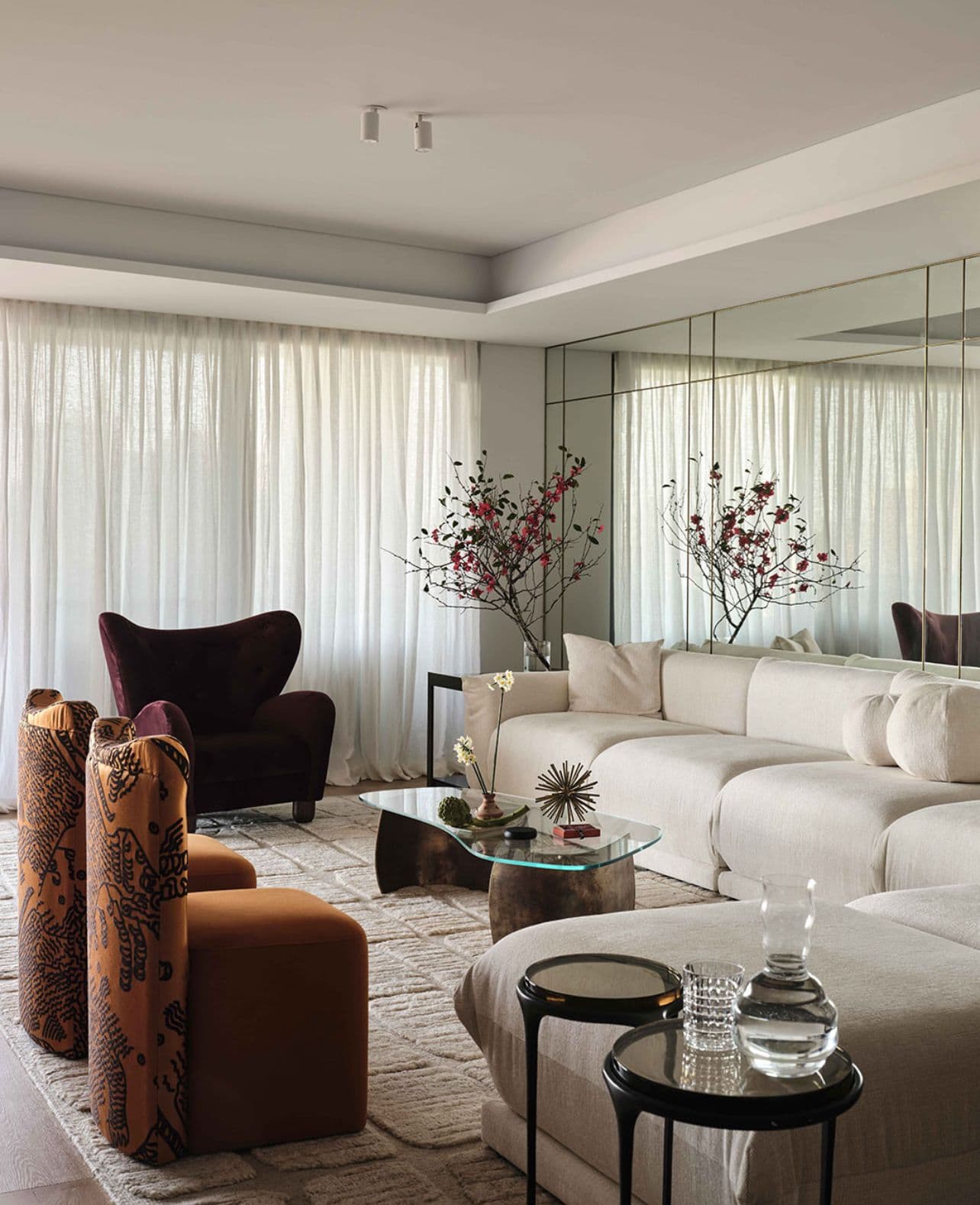
The Poetry of Balance: A Living Room Defined by Contrast
In this living room, elegance emerges not from excess, but from the quiet dialogue between textures, tones, and forms. The space, bathed in natural light diffused through sheer curtains, feels at once serene and sculptural proof that restraint, when curated with intention, can be profoundly expressive.
Sustainable Materials for Luxury Spaces
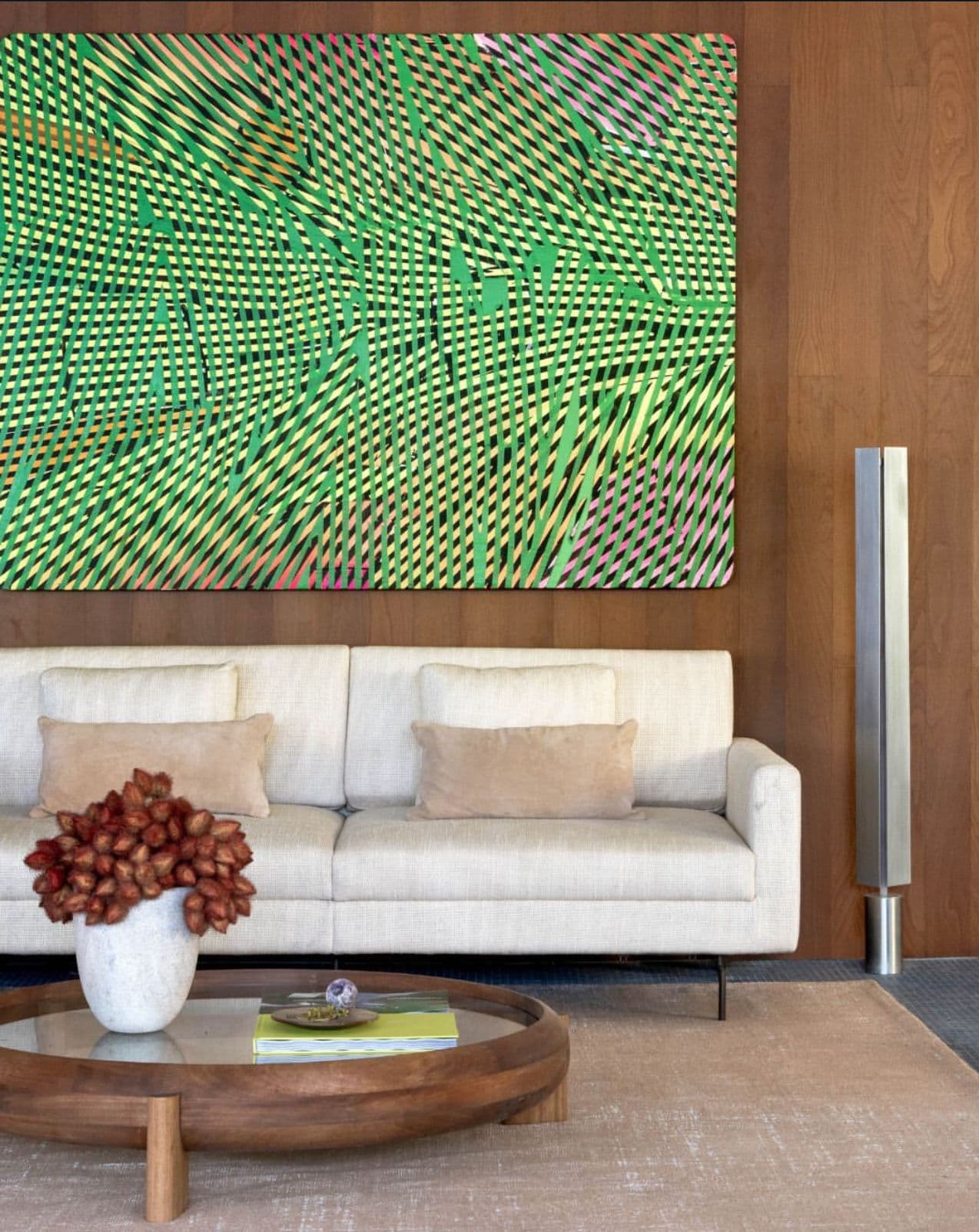
Sustainable Materials for Luxury Spaces
This serene interior captures the very essence of modern luxury clean lines, bespoke furniture, and an atmosphere of understated refinement. But beyond its aesthetic appeal, it offers a powerful reminder that true luxury today also means responsibility. The future of high-end living is being shaped by sustainable materials that combine beauty with ethics, and this space is a perfect reflection of that movement.
Furniture as Statement Pieces
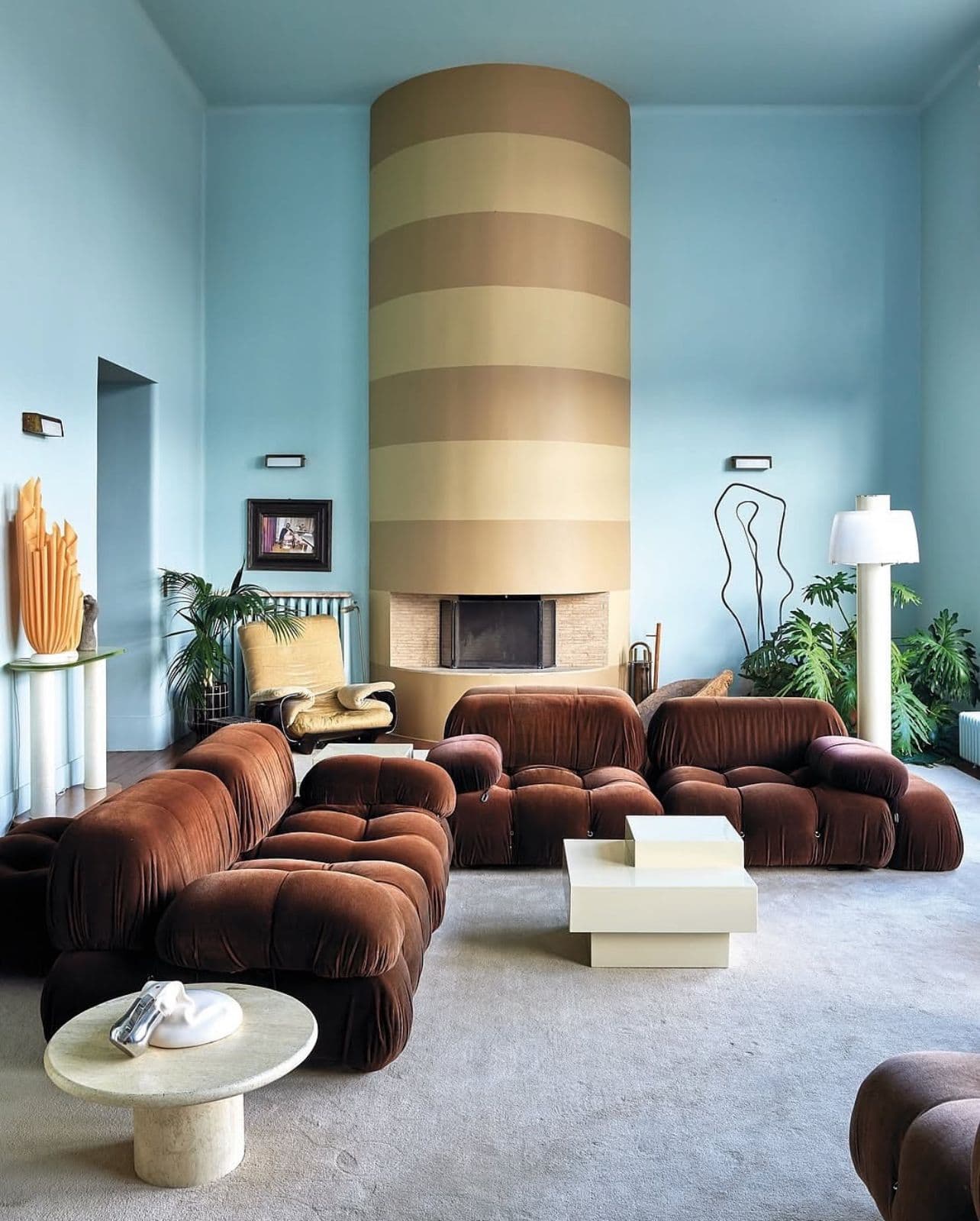
Furniture as Statement Pieces
In contemporary interiors, furniture has transcended its purely functional role to become sculpture, personality, and storytelling. No longer silent companions to architecture, statement pieces command attention anchoring spaces, dictating mood, and often becoming the very reason a room is remembered.
Maximalism, The Joy of Abundance
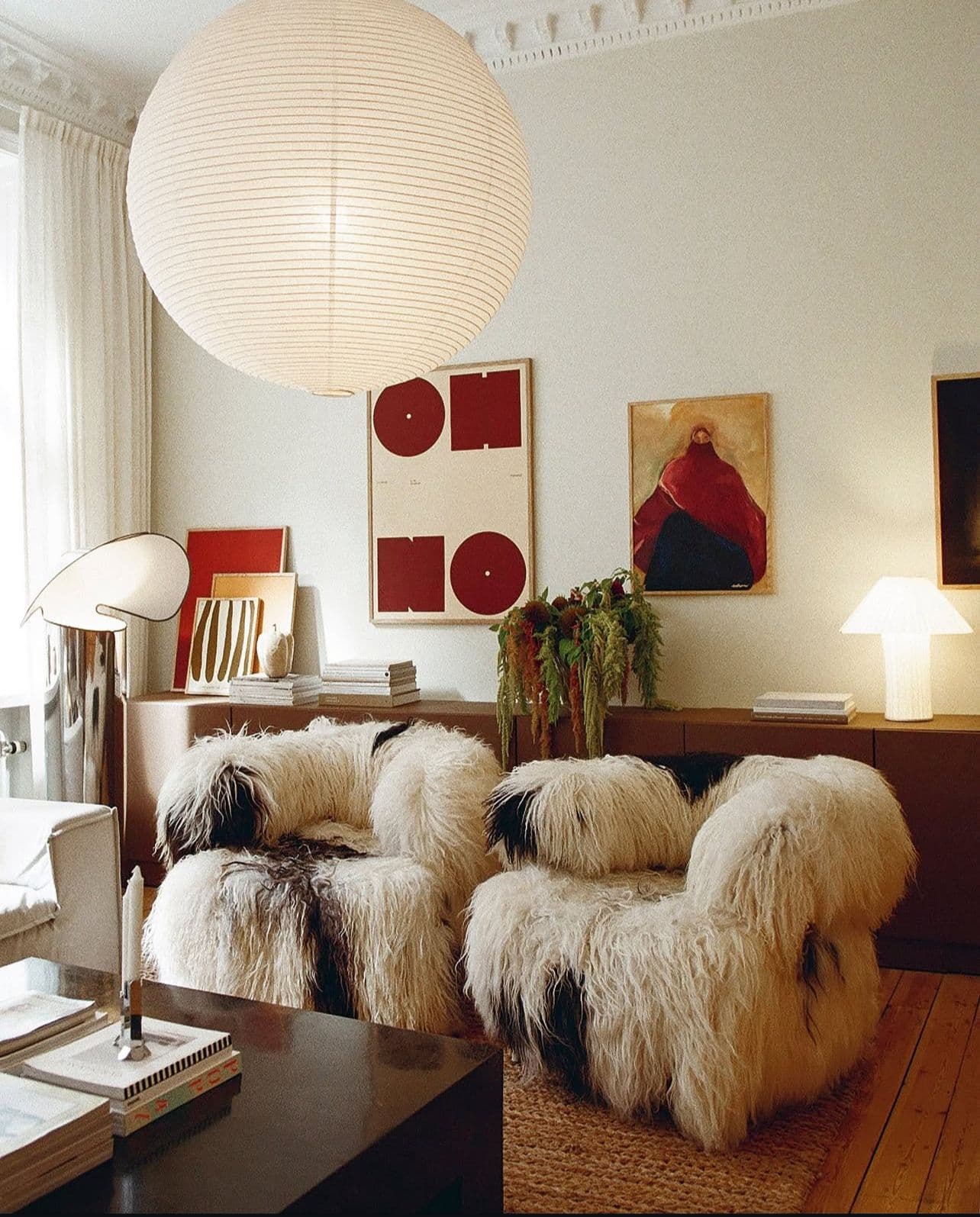
Maximalism, The Joy of Abundance
Stepping into this room feels like entering a manifesto of boldness. Here, nothing hides and nothing whispers every detail is designed to catch the eye, spark curiosity, and layer stories upon stories. Maximalism, in its truest form, is not chaos but orchestration, a symphony of textures, colors, and objects that together create harmony through abundance.
Minimalism, A Silent Elegance

Minimalism, A Silent Elegance
The house reveals itself slowly, with the kind of quiet confidence that comes from restraint. At first glance, the vast pitched ceiling commands attention: beams of warm wood arching high, their sculptural lines forming both shelter and statement. Nothing interrupts this architecture no clutter, no ornament, only space breathing in its purest form.
The Art of Open Space Living

The Art of Open Space Living
In today’s interiors, open space living has become more than just a floor plan it is a refined art of balancing fluidity, comfort, and elegance. This image captures the essence of the concept: a seamless dialogue between zones where design elements replace walls as the true markers of space.
Mix of Materials in Modern Interior
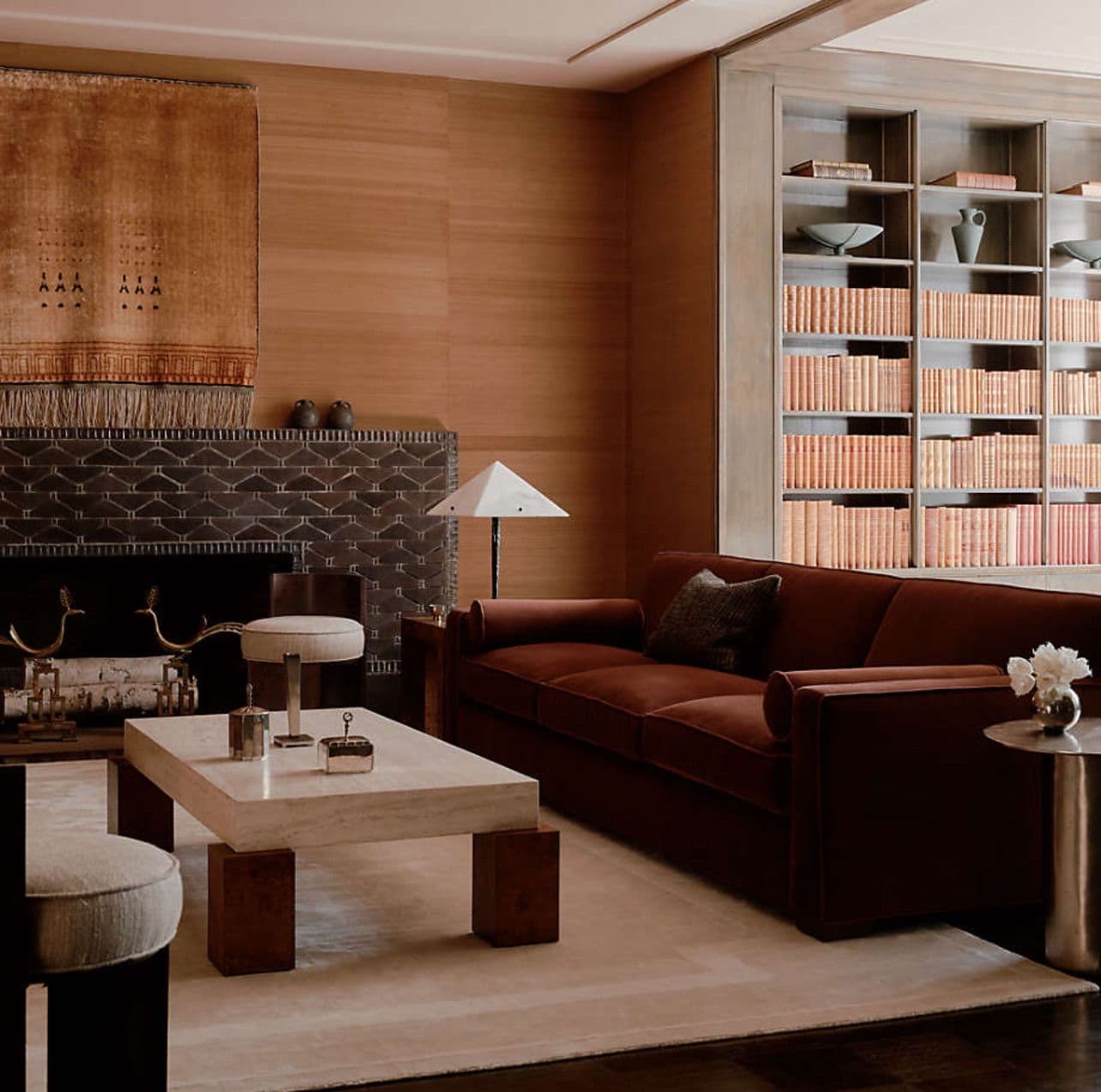
Mix of Materials in Modern Interior
When we talk about modern interiors today, one idea comes back again and again: mixing materials. It’s no longer about choosing one style and sticking to it. Instead, it’s about creating balance through contrast bringing together surfaces, textures, and finishes that might not seem to match at first, but when paired with intention, feel warm, personal, and striking.
Shop the Look for Less: A Serene Notting Hill Living Room
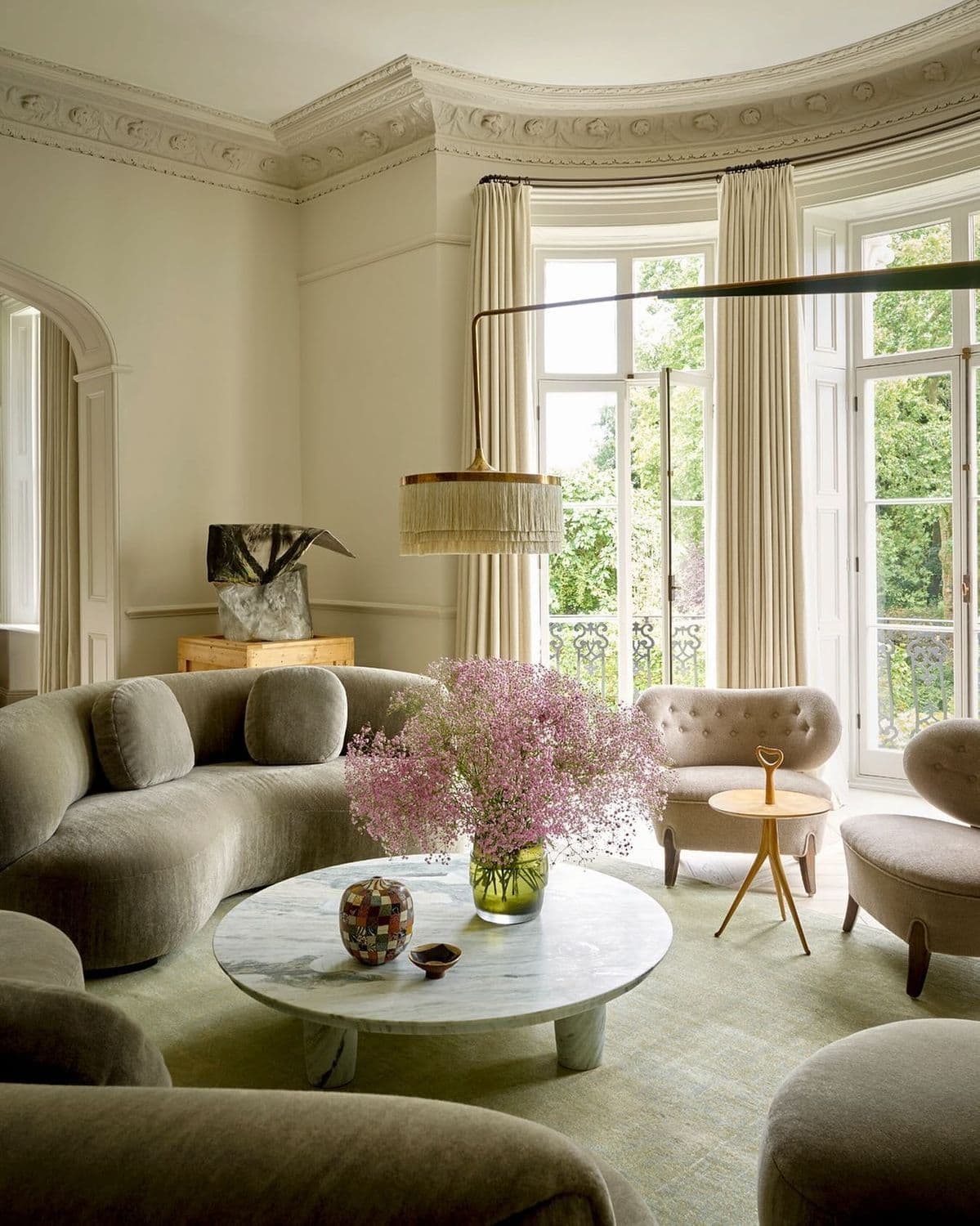
Shop the Look for Less: A Serene Notting Hill Living Room
A Room Steeped in Heritage
The Art of Balance: A Contemporary Dining Space with Mid-Century Nuance
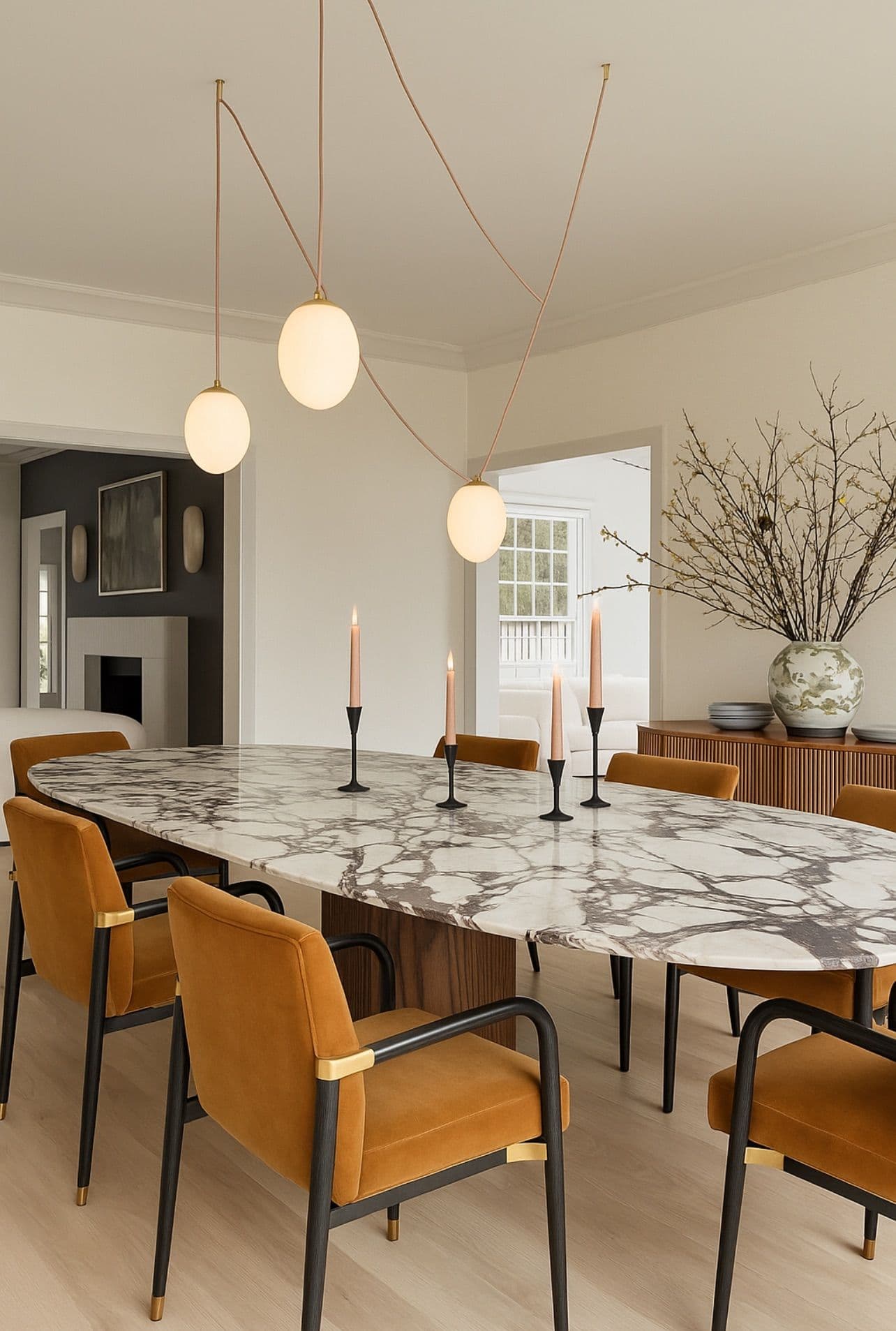
The Art of Balance: A Contemporary Dining Space with Mid-Century Nuance
Rust Velvet and Black Marble: The Art of a Restrained Palette
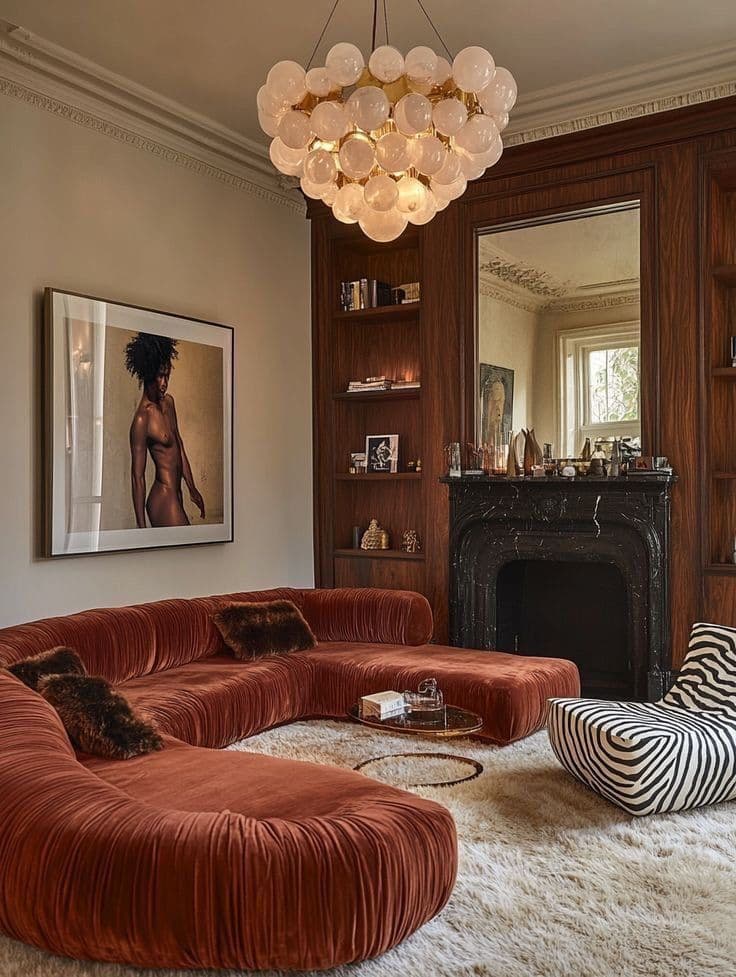
In this living room, nothing is left to chance. Color isn’t just there to look pretty it sets the tone, shapes the mood, and defines the space. Three hues dominate and hold the room together with authority: the deep rust of a velvet sofa, the mineral black of a marble fireplace, and the warm brown of the wood paneling. No excess. Just the essentials, chosen with precision.
The sofa, with its generous curves, invites you to sink in. Its rich texture catches the light, while the dark, elegant fireplace adds an almost architectural presence. Between the two, the wood acts as a bridge, linking materials and softening contrasts.
A Personal Stay Review: Beautifully Done in Every Way
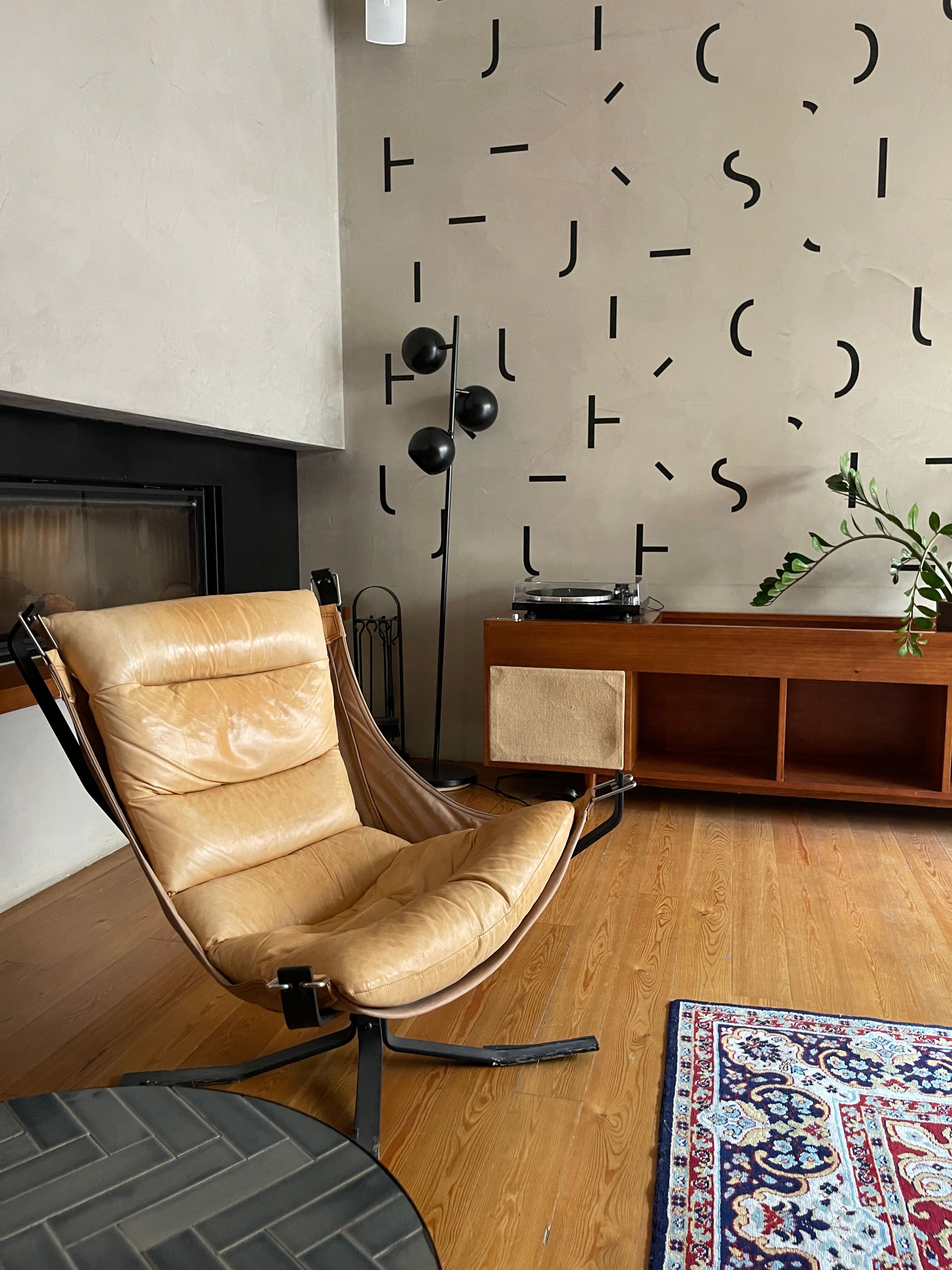
A Personal Stay Review: Beautifully Done in Every Way
During my recent trip to Porto, I stayed at Outsite Porto Mouco, and I was genuinely impressed. Located in the up-and-coming Bonfim neighborhood, this hotel blends thoughtful design, mid-century charm, and co-living energy into one beautifully executed experience.
The Importance of Coherence and Storytelling in Interior Design

In a world where design trends shift as quickly as seasons, it’s more essential than ever to return to what truly makes a space timeless: coherence and storytelling. Interior design is not merely about aesthetics it’s about intention, narrative, and memory. It is, in essence, a silent language that speaks volumes.
Take this interior, for example: three bold geometric artworks in distinct yet unified tones, a stack of colored wooden blocks reminiscent of both childhood and contemporary art, and a raw wood coffee table grounding the entire composition in organic truth. Every detail seems chosen not to impress, but to express.
The Art of Styling: When Details Become Design
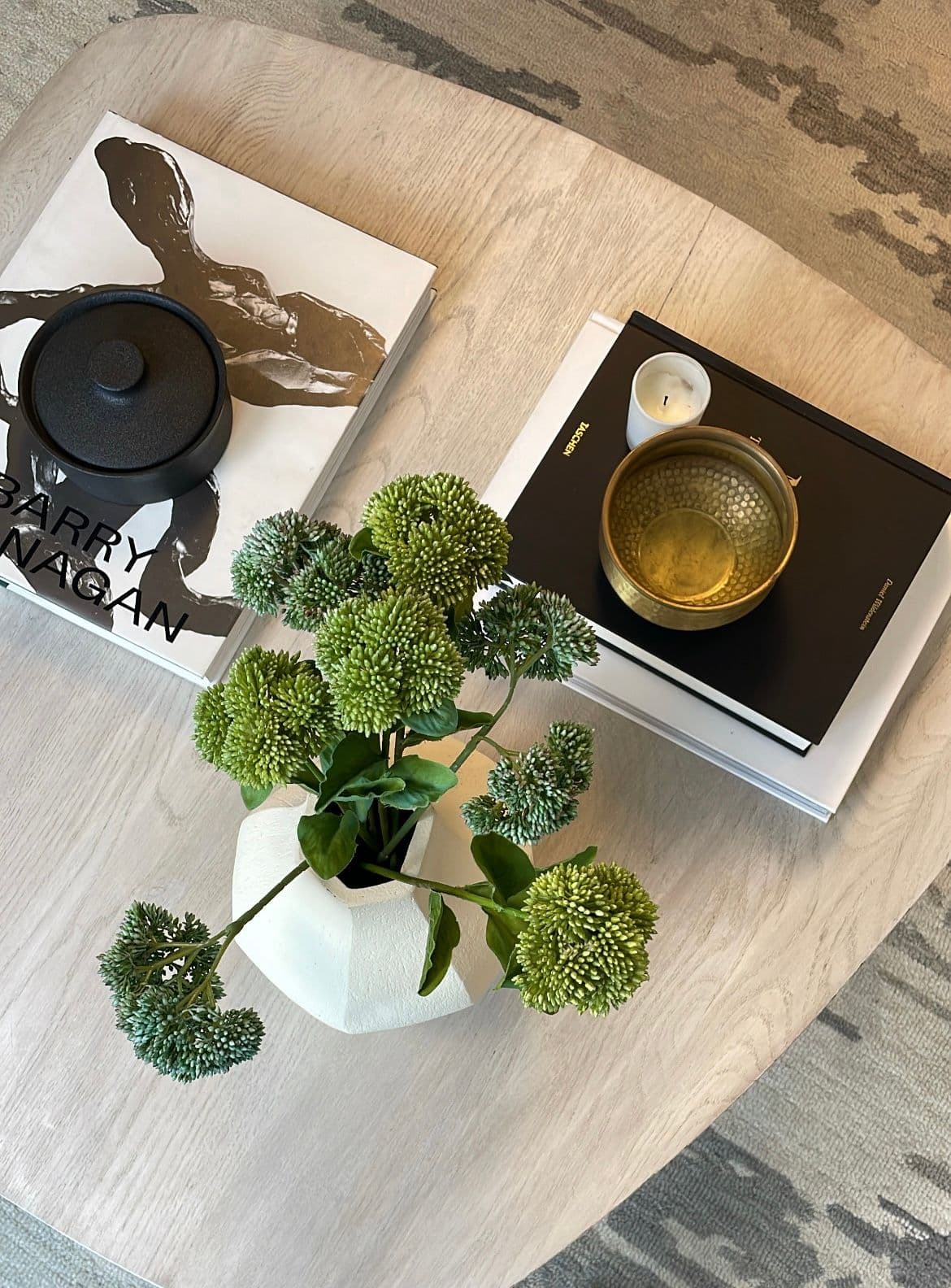
In the world of interior design, some details go unnoticed by the untrained eye. Yet, it is often in the subtle, the understated, that true magic takes shape. Styling the art of thoughtful placement is what transforms a beautifully designed space into a living, breathing composition. It’s not about adding more. It’s about placing with intention.
Take a moment to study the image above. A corner of a coffee table, bathed in natural light, where every object seems to belong. A serene composition, absent of clutter, but rich in detail. This is the essence of styling: elevating the ordinary, without ever tipping into excess.